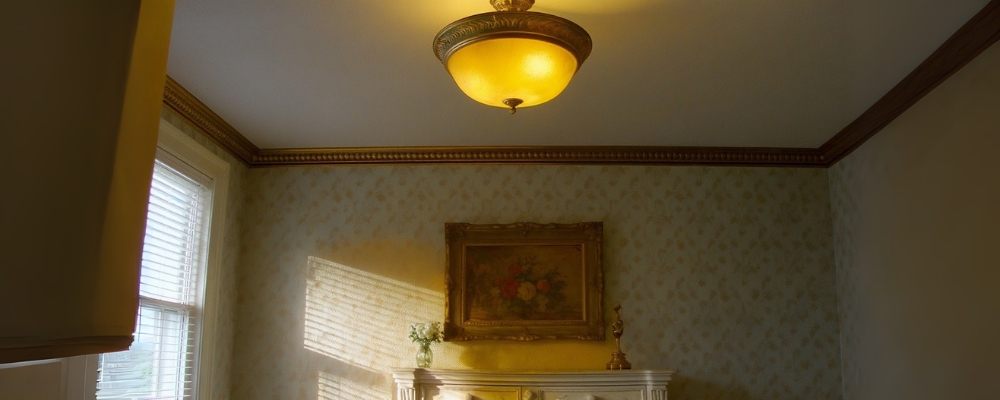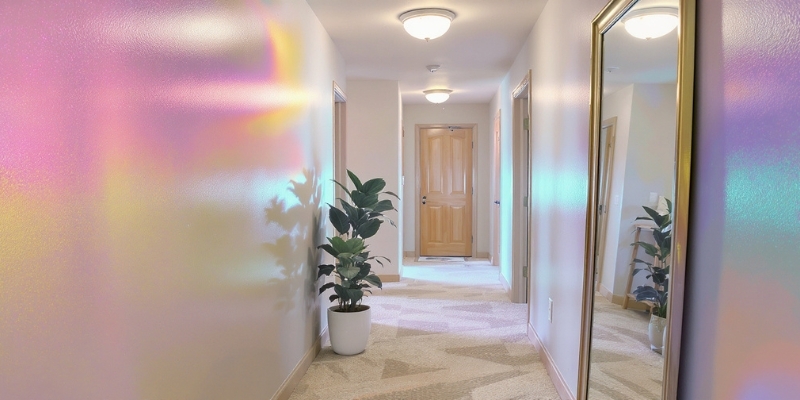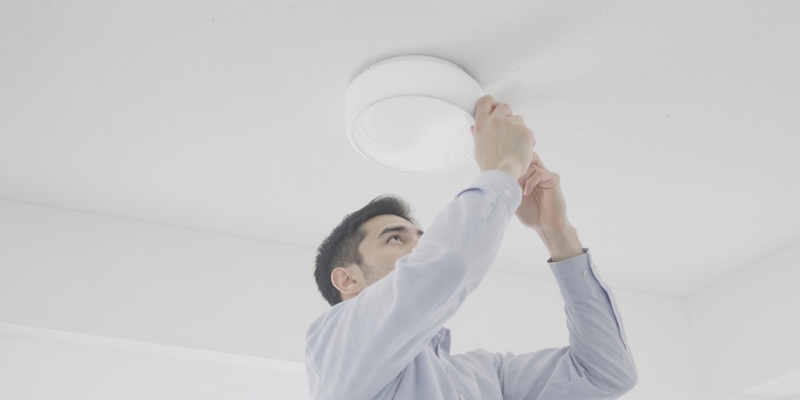Enjoy FREE SHIPPING on orders over $100 | Call us with any questions (800) 865-7221 Request a Call

Ever walked into a room and thought, "This lighting feels dull"? Upgrading to LED ceiling lights is one of the simplest yet most impactful upgrades you can make, whether it’s in the kitchen, living room, or bathroom. These fixtures offer long life, energy savings, and a design flexibility that conventional bulbs just can’t match.
Let’s walk through what makes ceiling LED lights stand out, how to choose the right LED ceiling light fixture, and where LED kitchen ceiling lights fit into a modern lighting plan. Everything is explained in the simplest way below.
Think of LED ceiling light fixtures as a major upgrade: they shine brighter, last longer, and cost less to run. LEDs consume up to 90% less energy than incandescent or halogen bulbs and can last 30,000 to 50,000 hours—over a decade of daily use without replacement. That reliability translates into fewer changes, less hassle, and more savings.
Because they generate minimal heat, LED fixtures remain cooler and safer to touch, even in enclosed or low-clearance areas. Instant-on, flicker-free performance is standard, and many are dimmable for adjustable ambiance.
You’ll encounter a few terms when shopping:
AQ Lighting carries options that cover each style from flush-mounted panels for minimal spaces to decorative semi-flush lights and recessed kits.

Brightness is measured in lumens, not watts. Here’s a rough guide:
Many rooms benefit from layering lighting. For example, combining a central LED ceiling light fixture with pendant lights or under-cabinet LEDs.
Color temperature (CCT) influences mood and task performance. It’s measured in Kelvin:
For LED kitchen ceiling lights, opting for 4000K gives you bright clarity without feeling clinical. Match the temperature across all fixtures to maintain visual harmony.
Today’s LED ceiling lights come packed with features:
From minimal panels to stylish flush mounts, your fixture design doesn’t just light the room, it sets the tone. AQ Lighting offers finishes in white, chrome, matte black, and brushed nickel to complement any décor.
Many integrated LED fixtures are designed for simple DIY install. But here’s what you should know:
If you’re unsure about wiring or layout, consult a licensed electrician, especially for multiple fixtures or recessed installations.

LEDs are low-maintenance, but some simple care makes them last longer:
AQ Lighting only sources products from trusted suppliers to ensure longevity and performance, and to honor warranty support if needed.
Upgrading to LED ceiling lights is one of the best ways to elevate your home’s lighting. Efficient, durable, stylish, and packed with smart features, they’re a strong upgrade over outdated bulbs. Whether you’re installing LED kitchen ceiling lights for crisp, clear cooking light or selecting a designer flush mount for the bedroom, AQ Lighting has options that fit your style, your space, and your lighting goals.
Need help picking the best fixture for your room size, function, or design? The AQ team is here to guide your selection, installation, and styling, making sure you light your world beautifully, efficiently, and effortlessly.
Let me know if you want the article shortened to a quick guide, turned into social media content, or broken down by product categories!
LED ceiling lights are energy-efficient, long-lasting (up to 50,000 hours), and low-heat. They offer consistent illumination, often come dimmable, and reduce electricity bills while improving room ambiance.
Many LED ceiling fixtures support dimming, but they require a compatible LED-rated dimmer switch. Using incompatible dimmers can cause flicker or reduce life span.
Living rooms typically need 1,500–3,000 lumens; kitchens require 3,000–4,000; bathrooms around 2,000–3,000. Lumens replace the old “watts” measure and reflect actual brightness.
Warm white (2700–3000K) suits cozy spaces; neutral white (3500–4100K) works well in kitchens or bathrooms; daylight temperatures (5000–6500K) are best for work areas or garages.
Yes, look for fixtures with proper IP ratings (e.g., IP44 for bathrooms or IP65+ for outdoor areas). Always choose lights rated appropriately for moisture exposure.